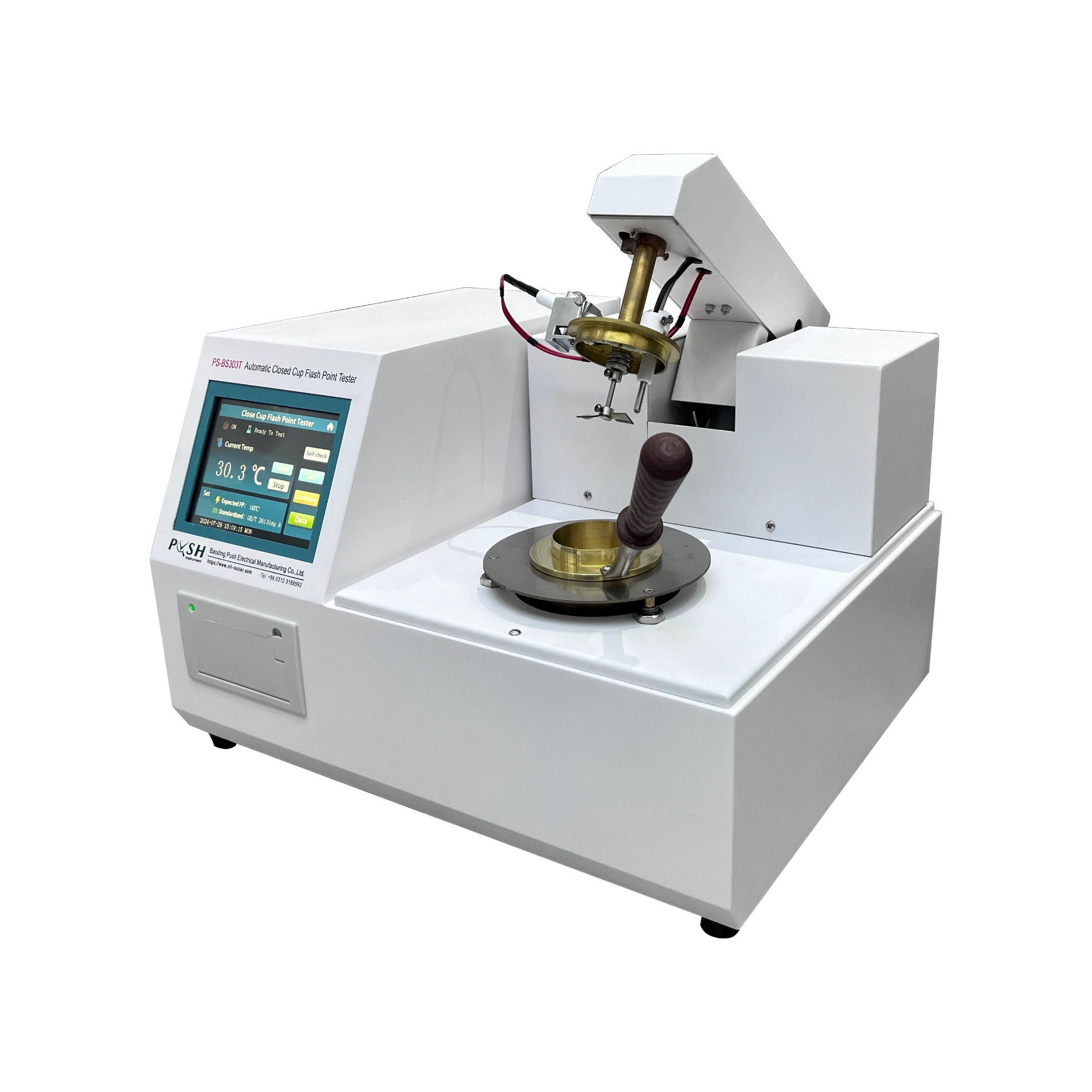 English
English


Dynamic Resistance Testing Techniques for On-Load Tap Changers in Transformer Applications
Dynamic Resistance Measurement of On-Load Tap Changers (OLTC)
On-load tap changers (OLTCs) are essential components in power transformers, enabling the adjustment of voltage levels while the transformer remains energized. This functionality is crucial for maintaining voltage stability in power distribution networks. One of the critical aspects of ensuring the reliable operation of OLTCs is the measurement of dynamic resistance. This process plays a vital role in maintenance routines and operational assessments.
Understanding Dynamic Resistance Measurement
Dynamic resistance measurement involves evaluating the resistance of a component, such as an OLTC, under varying electrical load and operational conditions. The dynamic resistance is influenced by several factors, including the temperature of the components, the condition of the contact surfaces, and the overall mechanical integrity of the device. Accurate measurement of dynamic resistance helps detect issues such as contact wear, arcing, and insulation degradation early before they result in catastrophic failure.
The Importance of Dynamic Resistance Measurement
1. Early Fault Detection By monitoring the dynamic resistance of OLTCs, utilities can identify abnormal changes that may indicate operational issues. Increased resistance can signify contact deterioration or alignment problems, allowing maintenance teams to address these concerns proactively.
2. Operational Efficiency A well-performing OLTC reduces the losses associated with voltage regulation. Regular dynamic resistance measurements ensure that the device operates efficiently, minimizing energy waste and improving overall system performance.
3. Safety and Reliability OLTCs operate under high voltage and current conditions, making them vulnerable to failures that can lead to equipment damage or outages. Dynamic resistance testing provides valuable insights into the mechanical and electrical integrity of the OLTC, ensuring safe and reliable operation.
Measuring Dynamic Resistance
oltc dynamic resistance measurement

The process of measuring dynamic resistance typically involves the use of specialized equipment that can apply a small AC or DC current through the OLTC while recording the voltage drop across it
. The resistance is calculated using Ohm's law (R = V/I), where V is the voltage across the OLTC, and I is the current passing through it.Modern dynamic resistance testers can provide real-time data, enabling maintenance personnel to visualize changes in resistance under different operational conditions. These tools often include graphical interfaces that simplify the analysis and interpretation of data.
Factors Affecting Dynamic Resistance
Several factors influence the dynamic resistance measurements of OLTCs
- Contact Condition The quality of the electrical contacts within the OLTC can significantly affect resistance. Corrosion, dirt, or pitting on contacts can lead to increased resistance, highlighting the need for regular inspection and maintenance.
- Temperature Resistance is temperature-dependent; thus, measurements should be taken into account with ambient and operational temperatures. A sudden change in temperature can affect the resistance reading, which is why monitoring trends over time is critical.
- Mechanical Wear OLTCs undergo mechanical movements during operation. Wear and tear on the mechanical components can affect the alignment and contact pressure, resulting in fluctuating resistance values.
Conclusion
In conclusion, dynamic resistance measurement is an integral part of the maintenance and operational strategy for OLTCs. By understanding and monitoring the dynamic resistance, utilities can ensure optimal performance, enhance reliability, and prolong the lifespan of these critical devices. As the demand for reliable power supply continues to grow, incorporating advanced measurement techniques and regular assessments becomes essential for modern power systems. The proactive approach of dynamic resistance measurement not only improves the efficiency of OLTCs but also contributes to the overall stability of the electrical grid.
-
Differences between open cup flash point tester and closed cup flash point testerNewsOct.31,2024
-
The Reliable Load Tap ChangerNewsOct.23,2024
-
The Essential Guide to Hipot TestersNewsOct.23,2024
-
The Digital Insulation TesterNewsOct.23,2024
-
The Best Earth Loop Impedance Tester for SaleNewsOct.23,2024
-
Tan Delta Tester--The Essential Tool for Electrical Insulation TestingNewsOct.23,2024





